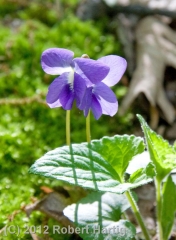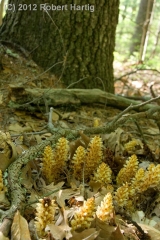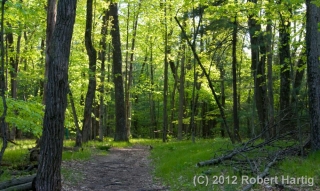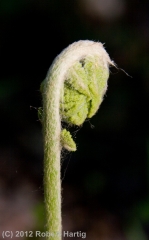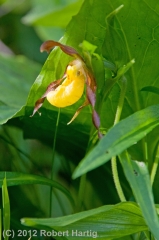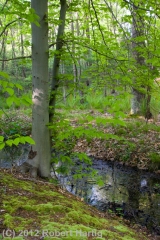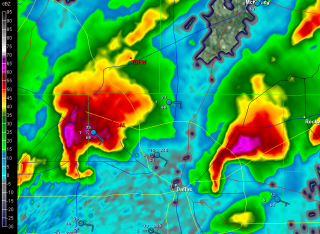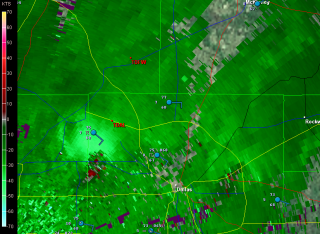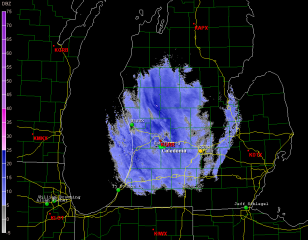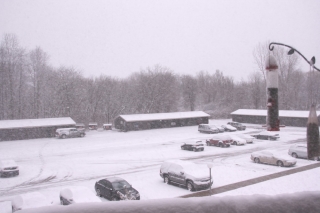This has been the quietest May I can recall weatherwise. The peak month that I and hundreds of other storm chasers have spent the better part of a year anticipating has turned out to be a dud. Maybe around the latter part of the month things will improve, but there’s nothing to look forward to for at least the next week.
If the weather isn’t going to offer anything chaseworthy, then the way it has been is exactly the way I want it to be: blue, crisp, and beautiful, warm but not hot, with the sun smiling down on a landscape that’s getting on with the business of spring.
A couple days ago, I took a walk down the Long Lake Trail just north of Gun Lake State Park in northern Barry County’s Yankee Springs Recreational Area. It had been a while since I had hiked the trail, and this time of year is perfect for the venture, so off I went. The first mile or so of the trail winds through hardwood forest, skirting a small bog and a tract of red pine, then sets you on a quarter-mile stretch of boardwalk through part of the swamp that surrounds Long Lake. It’s a lovely hike that offers plenty to see if you know your native plants and their habitats.
Here are a few of the highlights. The odd little plant to your right, which somewhat resembles miniature corncobs, is called squawroot (Orobanche americana). It is a common woodland plant, parasitic on oak trees. Click on the image to enlarge it.
The trail winds through some particularly pretty territory. The photo below gives you an idea. There are a number of other images at the bottom of this page to keep it company.
Ferns were in the process of unrolling their fronds. They never look more dramatic or more artistic than this time of year, when they’re in their “fiddlehead” stage.
Farther down the trail, where the boardwalk commences, marsh marigolds scattered Pointillistic fragments of butter-yellow across the swamp floor. Picking up on the golden theme, the first few flowers of small yellow ladyslipper orchids (Cypripedium calceolus var. parviflorum) peeked out shyly from among lush skunk cabbage leaves.
The swamp is full of poison sumac, a small tree with which I’ve had considerable experience recognizing and avoiding. It is related to the cashew and also, of course, to poison ivy. Eating poison ivy at age six was not one of my intellectual zeniths, and it’s not an experiment one should undertake casually. Long after the initial bitter burst of flavor has faded, the experience lingers in a way a body is not apt to forget. Word has it that poison sumac is even more virulent than poison ivy. That’s not something I care to put to the
test. Interestingly, the sap of its equally toxic cousin, the Japanese lacquer tree, is used as a varnish which produces some beautiful objets d’art, though how a body works with a medium like that is beyond me.But enough of the swamp and its sumac. Stepping off the far end of the boardwalk and farther into the woods, I encountered an elegant young beech tree standing sentinel on a mossy bank.
I walked a bit farther, then turned back. The slanting sun rays were filtering long through the leaves, the temperature was cooling, and it was time for me to go practice my horn–which, by the way, I’ve been doing pretty consistently. But that’s material for another post. Right now, check out the rest of my photos in the gallery below.
